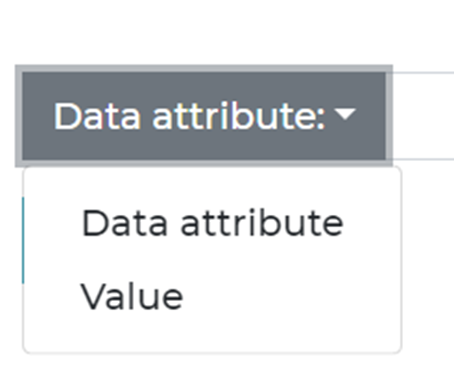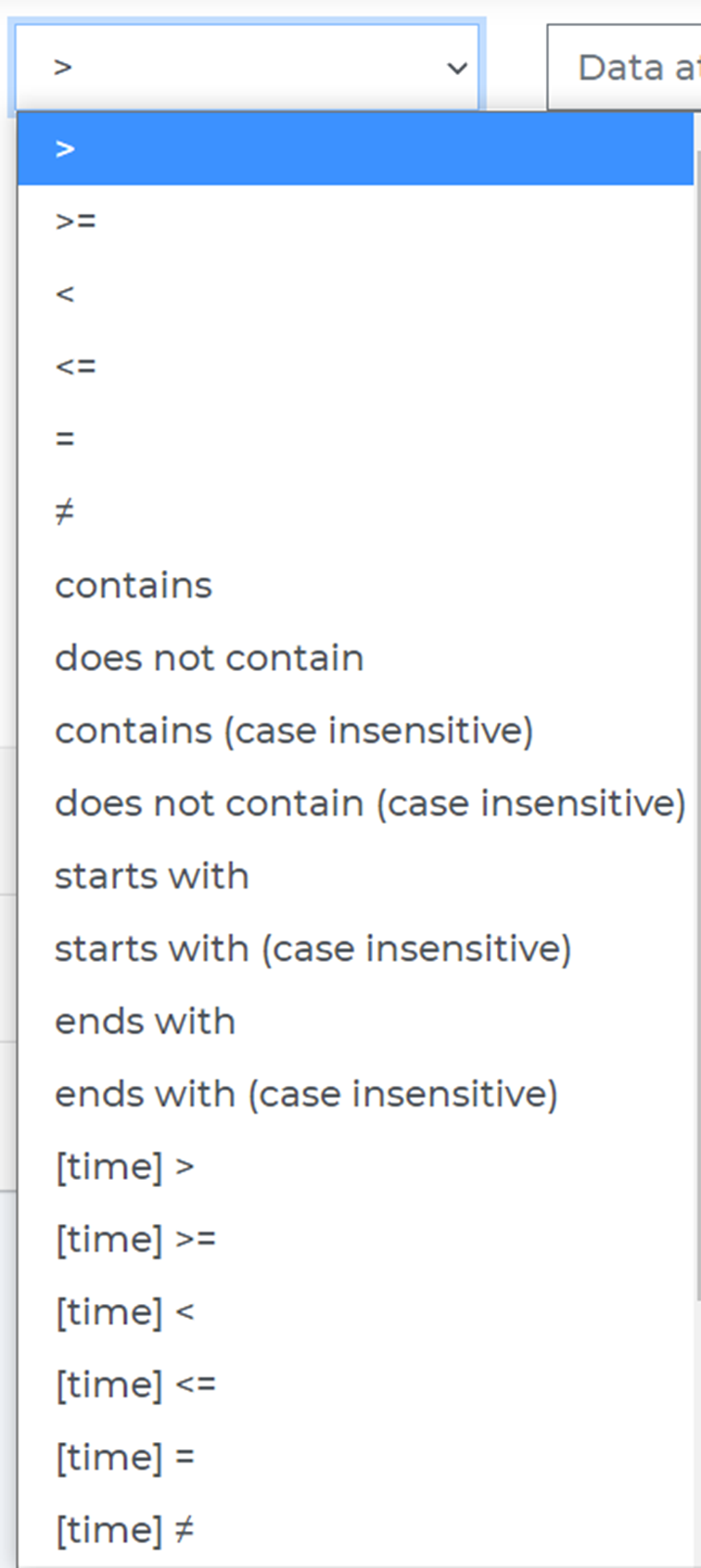Working with Basic Rules - Decisimo - Decision Intelligence Services
Published on: 2024-08-10 18:48:28
Each rule takes the form of an IF-THEN statement or collection of IF-THEN statements.
IF statements are called conditions and THEN statements are called actions.
Rules are every time within a rule set, where each rule is executed sequentially based on the order of how they are added.
There are two types of rule condition executions - any or all. “Any” means that if any condition is met, action is performed. “All” means that if all conditions are met, action is performed.

When building conditions, both the left and right sides of the condition can either use a data attribute or directly a specific value. That means two attributes can be compared, or an attribute can be compared to an exact value.

A rule definition can look at the end like this:

The condition used for comparison can be selected from the dropdown menu. Available condition operations
- Number comparison
- Text comparison
- Date time comparison
- Regular expressions

